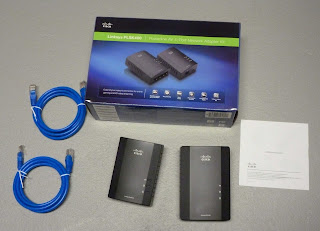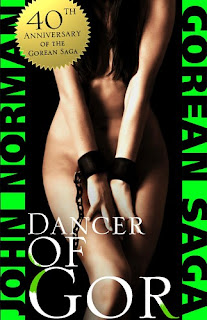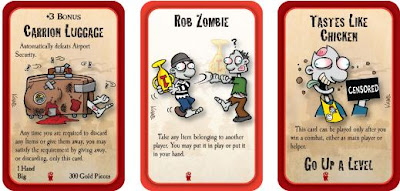
There are basically 3 ways to connect a
computer to your internet modem:
1- Wired with CAT 5e cable
2- Wirelessly via a WiFi router
3- Wired via a Powerline adaptor
As you build out your home network
there are multiple considerations, including the ease of which
dedicated Ethernet cabling can be run, the wireless coverage, the
location of the modem, and the bandwidth requirements. A decade ago,
when most of us had one computer connected directly to their modem,
this was much less of an issue than it is today with mutiple
connected devices, and the bandwidth required to transmit HD video
(which is around 4 to 8 megabits per second in case you were
wondering).
While a WiFi router is commonly the
central hub of most home networks, there are still times when a wired
solution is best. These include situations when the wireless
coverage is spotty, there is interference from neighbor's networks,
and when bandwidth requirements are high, such as with video or
gaming. Depending on the situation, this involves turning to
Ethernet cable or a Powerline solution. While the Ethernet cable is
affordable, the electrician to install it too often is not, and for
those looking for professional appearing results without opening up wall boards and fishing wires, Powerline networking starts looking
attractive.
This is the technology that involves
sending network information through the home's wiring. There can be
issues when the data has to cross a circuit breaker. Early on this
technique was slow and proprietary, but with
established standards, it
is a viable alternative for a simple network setup, or as a
supplement to a wireless system. If you are worried about security,
quite simply don't as there is 128 bit encryption built into the
standard, and your data won't transmit beyond your homes wiring.

Linksys provided their "Linksys
PLSK400: Powerline AV 4-Port Network Adapter Kit."
It consisted of two Powerline adapters, a basic instruction manual,
and two Ethernet cables. Of note, one adapter has one Ethernet port,
and the other has 4 ports. The idea is that the single port one gets
plugged into the router, and then the 4 port one is plugged into the destination making this ideal for plugging in several devices, such
as in a home media setup. There are 3 LED's, with pics that
correspond to power, link and Ethernet.
Setup is a breeze with no software to
install, and the pair of adapters with the same key out of the box.
Additional ones can be added, and there is a small button to sync the
keys. This is much better than the last time I played with Powerline
networking as it took me an hour to get the keys in sync. For this
pair of Linksys adapters, it was truly plug and play.
Here's a word about my setup. My
internet comes into the house in the basement, and it is Optimum 15/2
with the modem positioned next to the wireless router. The router is
a
Linksys E4200 with WPA2 security (that is their top of the line WiFi router for those keeping score). The test system is one floor up,
and a Windows 7 Phenom II 945 system; WiFi connectivity is via a
draft-N USB adapter and the 10/100 Ethernet port is via the
motherboard. The electrical outlets for the Powerline adapters are
on different circuit breakers, not on power surge strips. To keep this fair, there are plenty of wireless
obstructions including metal ductwork in the way. This is real world testing,
and not some idealized lab setup.
The Powerline adapters connected easily
and the computer connected online with no issues. Subjectively,
internet surfing was just like it normally was, and online videos
played without a hitch. However, I decided to throw it a few tests,
and a set of older (circa 2008) Powerline gear from a competitor, the
Actiontec MegaPlug AV, that also claimed a 200 Mbps speed.
First test is
Speedtest.net. This is a
test of the internet connection, and all testing was done on the
different adapters on the same day. While it is a test of internet speed more than network, if the home network is slow, it can be the bottleneck. The chart shows the results:
The results show that the Linksys PLSK400 kit was just as fast for internet speeds as the E4200 wireless router, and the limit is the internet speed itself. I have to admit I was a bit surprised that the Actiontec gear was so much slower, but it shows how Powerline gear has progressed in the last few years.
The next test uses the USB port built into the wireless router, to which a USB flash drive is attached. I use it a "Poor man's network attached storage," and is quite convenient for accessing files between different computers without the need of plugging in a flash drive directly. It can also be accessed non-wirelessly as well. Hence, I decided to upload a 188 MB file (LibreOffice 3.4 installation file), and then calculating a transfer speed.
In the transfer test, the Linksys PLSK400 hits a speedy 287 kb/sec which is leaps better than the older Actiontec Powerline gear which stuck at a pokey 13 kb/sec. However, the E4200 WiFi did live up to its reputation for speed, and averaged 1070 kb/sec.
The Linksys PLSK400 is available for $119. It is a viable solution for those seeking an alternative to WiFi and in need of a wired network, or to supplement wireless due to dead spots. It was ideal for internet speeds, but slower for sustained uploads, although much better than what was available a couple of years back. With the ease of setup, the built in security, and the potential for expansion, it makes this product a recommended purchase.
More info
Overall Grade: A-
-Jonas








































